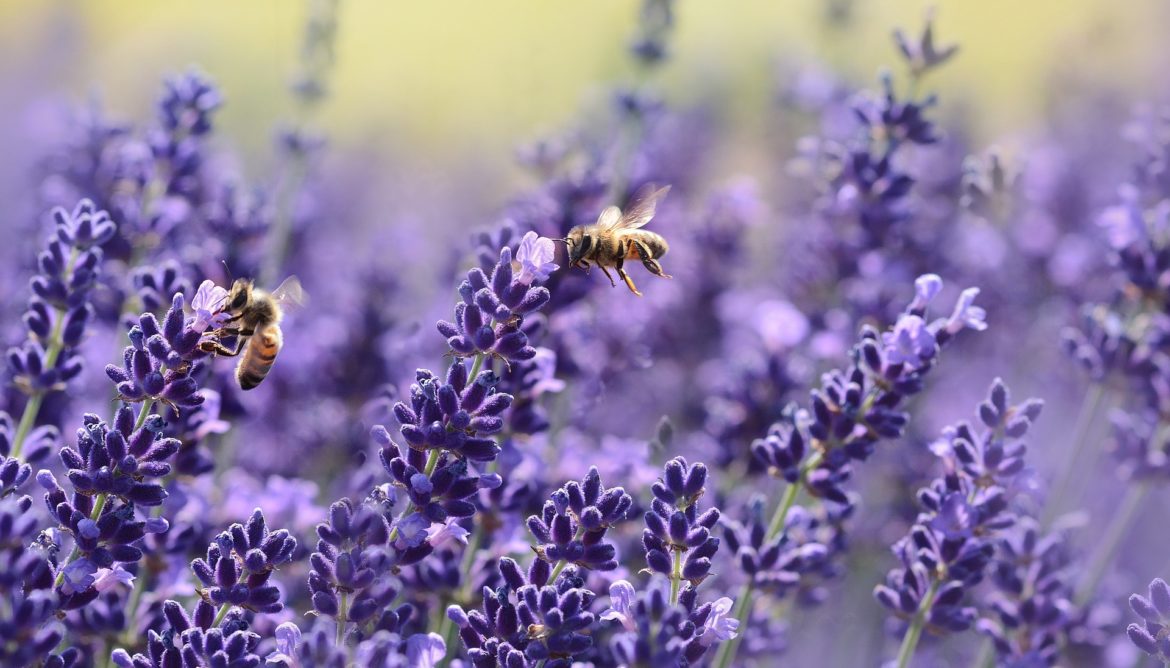
I’ve heard that Bart loves to play outside and roll in the grass. He’s not the only dog that does. Unfortunately, that can mean dogs have unwanted interactions with nature, including dogs and bees.
My Dog Got Stung, What Do I Do?
Fortunately, in most cases, bee stings will cause a slight swelling and puffiness – just like in humans. If you see this happen, use a credit card to scrape out the stinger. Don’t try to squeeze or pull it out as the tiny barb on the end of the stinger will break off and remain in your pet. It can also cause the venom sack to break open and release additional toxins.
The venom will take time to move through and out of your dog’s system, so monitor him/her closely. You can apply a cold compress to the area and ask your vet if it’s appropriate to give your dog Benadryl to ease any symptoms.
How to Know if Your Dog Requires Emergency Care for a Bee Sting
It’s not common, but some pets can be allergic to bee stings. After the sting occurs, watch your dog for signs of vomiting, pale gums or trouble breathing. If these occur within 10-minutes of the sting, your pet is having an allergic reaction and needs to be seen immediately.
If your dog has been stung by several bees or multiple times by a wasp or yellow jacket, the chance for a more severe reaction increases. If you’re in any doubt, call your vet or go the closest emergency veterinary hospital.
My Dog Ate a Bee! Now What?
Many pooches, especially the younger, more inquisitive ones, love to put things in their mouths. This includes bees and other stinging insects. It’s likely that the bee will sting the dog inside its mouth.
Dog mouths are tender and swollen tongues can impact breathing. If your dog will tolerate it, carefully inspect its mouth for swelling and tenderness. Watch your dog carefully for any signs of distress and if in doubt, seek veterinary care. It’s likely not an issue, but don’t take any chances if you’re not sure.
Once the bee reaches the dog’s stomach, it shouldn’t be a problem. Despite the food they’re fed today, dogs are carnivores – they can handle the extra protein from a tiny bee.
Latest posts by Sarah Woodard (see all)
- Protecting Dog Paws in the Snow & Ice - December 23, 2016
- Pet Safe Ice Melt - December 20, 2016
- Christmas Gifts for Your Dog - December 16, 2016